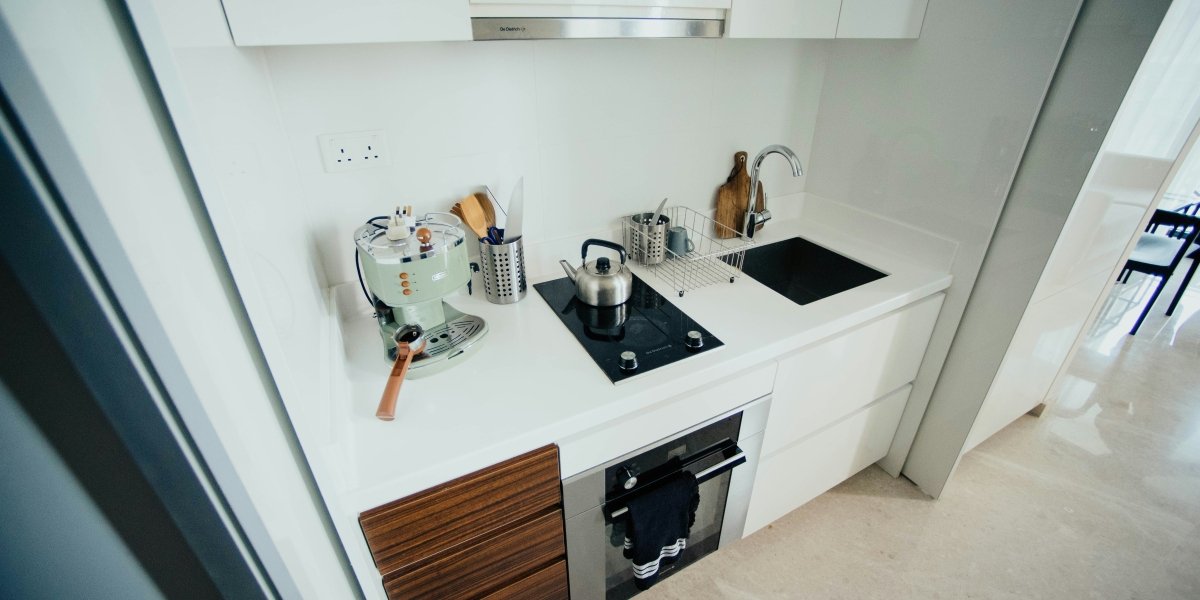By: Immy Tariq
For years, Marianne Galasso built her art business the traditional way: one space, one wall, one client at a time. Her work graced law firms, hotels, and corporate lobbies — anywhere people needed the atmosphere of art without the friction of finding it themselves. But even then, the limitations of that model were apparent.
“We were in this box — literally and metaphorically,” Galasso recalls. “The physical gallery was beautiful, but it couldn’t hold the kind of vision we had.”
That vision now lives as EFAB, a digital‑first, artist‑curated platform that removes the borders — geographical, financial, and psychological — that often keep both artists and collectors stuck. For Galasso, it’s not just a business pivot. It’s a philosophical shift.
Why The Walls Had To Come Down
Marianne Galasso has been immersed in art for more than 20 years. She trained in fashion design at Philadelphia Textiles, a program where precision and creativity were equally important. The discipline of tailoring and the artistry of design taught her to see both the structure and the soul of a creative work.
Early motherhood changed her trajectory. Fashion, with its long timelines and unpredictable income, couldn’t provide the stability she needed. Art installation, on the other hand, offered a way to use her creative instincts while generating steady work.
That combination — equal parts artistry and hustle — gave her a competitive edge. She understood the refined tastes of high‑end buyers and the uphill battle faced by emerging artists. Over time, she built a successful brick‑and‑mortar gallery, cultivating relationships with both established collectors and fresh creative talent.
Yet despite the gallery’s success, she saw missed opportunities everywhere.
“Amazing work would sit unseen,” she says. “Not because it wasn’t good, but because the artist didn’t have the marketing muscle, or the collector didn’t walk in that day.”
The Digital Gallery With Soul
EFAB was built to change that. It flips the traditional gallery model in ways that directly address the common barriers for artists.
Under EFAB’s model, artists don’t pay for wall space, framing, or inventory prep. Pieces are submitted digitally, reviewed by curators, and only framed and fulfilled after purchase. This zero‑barrier approach means more artists can participate — especially those balancing creative work with day jobs, caregiving, or other commitments.
“I know what it’s like to have your art on pause because life demands it,” Galasso says. “EFAB lets the artist keep creating, without the cost of hoping something sells.”
But EFAB isn’t simply about digitising inventory. What sets it apart is the way it maintains the curatorial integrity of a high‑end gallery while operating online. Every piece is handpicked by curators who consider both technical mastery and emotional resonance.
“We’re not trying to show everything,” Marianne explains. “We’re showing the best for what people aren’t seeing.”
What Quality Looks Like Online
Galasso’s Italian heritage shapes EFAB’s aesthetic. She grew up surrounded by a deep respect for craftsmanship, history, and detail — qualities she now insists on in the platform’s collections.
Her partnerships reflect this ethos. EFAB works with traditional fine artists from Italy, like Massimo, whose oil paintings, charcoals, and mixed‑media works are rooted in classical techniques. Alongside them, EFAB showcases emerging voices from the West Coast and beyond, blending old‑world mastery with contemporary relevance.
For Galasso, this isn’t about chasing trends. “We want art that speaks to both space and spirit,” she says. “Trends fade. Legacy endures.”
A Platform, Not A Marketplace
In the age of online marketplaces, where art can be reduced to a thumbnail among thousands, EFAB’s curated model is intentional. The platform treats art as a relationship — between the creator, the piece, and the buyer — rather than just a transaction.
“Most artists aren’t built to be marketers. That doesn’t mean their work should be invisible,” Galasso says. “Our job is to make sure it’s seen — and valued.”
Collectors benefit as well. Instead of scrolling through hundreds of listings, they enter a space where every piece has been chosen for its quality and story. Discovery becomes a human‑driven experience again, even in a digital setting.
Marianne Galasso’s Second Act
EFAB feels, in many ways, like the culmination of Marianne Galasso’s life’s work. It’s a synthesis of her fashion training, her two decades in art, her lived experience as a mother and entrepreneur, and her deep empathy for artists navigating a market that often undervalues them.
“You shouldn’t need a trust fund to share your gift,” she says. “And you shouldn’t need a gallery walk to fall in love with a piece.”
By dismantling the physical and financial walls of traditional galleries, EFAB is building something more enduring: access, emotion, and trust.
The Future Is Borderless
As EFAB grows, its borderless model opens possibilities for artists and collectors alike. Artists can reach international audiences without shipping a single piece until it’s sold. Collectors can discover fine art from across the globe without ever setting foot in a gallery district.
Galasso envisions EFAB as more than a platform — she sees it as a movement to reconnect people with art in a way that feels personal, intentional, and unbounded by geography.
“Art isn’t just something you hang,” she says. “It’s something that becomes part of you. EFAB is here to make sure more people find the art that’s meant for them — and more artists get to live from the work they were meant to create.”
In an industry still tied to old structures, Marianne Galasso’s EFAB is proving that removing the walls can open far more doors.








